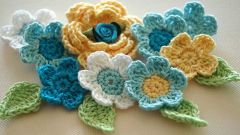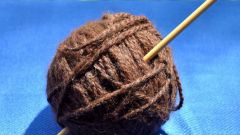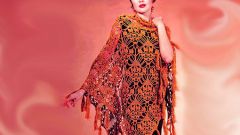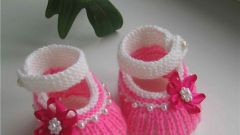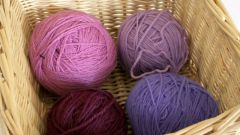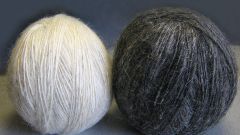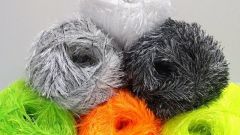You will need
- - the thread crochet.
Instruction
1
For crochet it is better to choose a well-woven thread. It can be wool, cotton, silk or synthetic yarn. Not fit loose artificial thread that breaks PI the slightest touch. If you are only going to buy the hook, take a sample of the yarn.
2
The hooks are metal, plastic, wood or bone. This files most often encountered in selling metal and plastic. For the Tunisian knit a long hook or a fishing line. For conventional dense or openwork knitting is applied to the hook length from 12 to 15 cm.
3
Wooden crochet you can knit only a very soft thick wool or synthetic yarn. Hard cotton or silk threads, take a metal crochet hook, wood in this case very quickly breaks down. Plastic tools for hard beaches are also not very suitable.
4
On most hooks you will find in the store, written number. Sometimes it is put on the flat part of the tool. If such records are not available, then numbers can be written in the blunt end or in the middle. The higher the number — the thicker the hook. No. 1 means that the head has a diameter of 1 mm, and No. 2, respectively, 2 mm, etc. Meet and fractional numbers — 0.75, or 1.5. Metal hooks is usually strictly meet the standard. Can't say that about plastic. The diameter may be very different from what is written on the label, so you have to choose the eye.
5
The diameter of the hook should be 1.5-2 times the thickness of the thread. On the labels of many varieties of imported yarn now are usually specify tool number. Do this and some domestic manufacturers. But this instruction makes sense only if the density of your knitting matches the average. So better to stock up on hooks in several sizes and try to link them samples from yarn of different thicknesses.
Useful advice
The hooks are very often sold in sets. In the box are tools with different head diameter by Purchasing a couple of these sets, you will get rid of having to think about which hook to buy.

